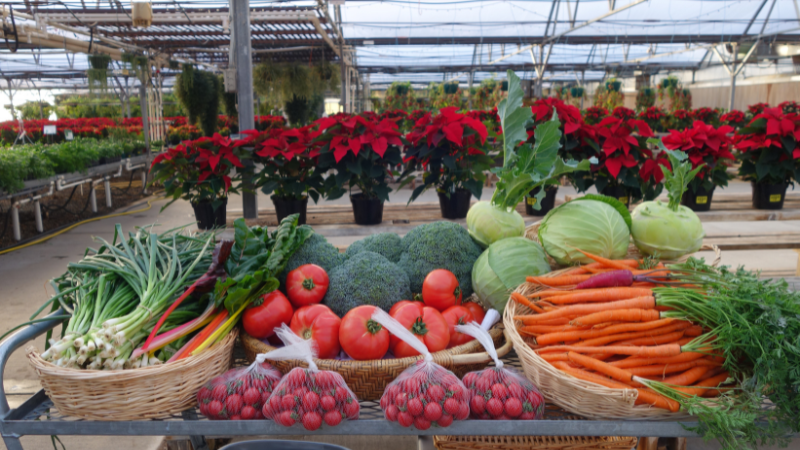
Should you start a winter vegetable market?
Considerations for Starting a Winter Market
- Make sure you have a market for it in your area. “Lots of people think, if you grow it, they will come, which isn’t necessarily true,” Vic Vanik, former co-owner of Four Seasons Greenhouse and Nursery, said.
- Be aware of how much labor is involved. There’s a lot of labor involved in spacing, growing and harvesting the food, he said. “It’s cheap on the cost-of-goods side, but it’s higher on the labor side.”
- Start small. “I had one garden center that I talked to about growing some tomatoes. Their first crop was 800 tomatoes — that’s just huge for somebody just jumping in for the first time. Start out small and feel your way along the way.”
- Be willing to experiment. Vanik said they started growing herbs and selling them at the market. “You put herbs out and people buy them in the wintertime.”
Vic Vanik said starting a winter vegetable program and farmers market was “a game-changer” for Four Seasons Greenhouse and Nursery. He and his wife Gail bought the company in 1998, a grower-retailer in Dolores, Colorado, and, like many garden centers, business slowed down in the winter months, resulting in fewer customers coming in and a decreased need for staff.
To stay busy year-round, the winter farmers market at Four Seasons began the first Saturday in November and ran through the second or third week in March, when the garden center started ramping up for springtime and the space was needed for annuals and perennials.
Vic and Gail sold the business in 2022, but the new owners have continued this winter farmers market. The Vaniks also remain active in the industry with helping other garden centers start their own winter vegetable programs.
Part of the success of the winter farmers market was that in addition to Four Seasons-grown produce, the market typically housed area farmers, as well as non-grower items like crafts and fudge.
“We tried to always have 60% to 80% of the vendors be farmers,” Vic said. “Some of the other vendors sold beef, bison, eggs and honey … some people had potatoes and onions. … We had quite an eclectic mixture of different farmers — especially for wintertime — in that area. By the time we sold, we had about 36 vendors plus Four Seasons in three different greenhouses that we had open every Saturday morning.”
A Growing Need for Fresh Produce
The winter vegetable program at Four Seasons was born from growing one crop for a customer.
“I had a customer up in Telluride, Colorado, who was interested in having me grow some sunflower shoots — just the tops of them — for a customer that they had. And I, like a lot of other garden center-retail growers, was always looking for something I could do in the wintertime that would make some money.”

He started growing the shoots outdoors and, when it got too cold, moved them into an empty greenhouse.
Some health issues pushed Vic to start growing other vegetables in the otherwise empty greenhouses on the property. Vic needed to lower cholesterol levels, so Gail suggested they try treating it with improving his diet rather than going on medication.
Vic began growing lettuce and tomatoes in the greenhouse to try to supplement their diet, he said. It was winter at the time, an ideal time to try growing different vegetables.
Before long, customers began to notice.
“People would start coming in and say, ‘I’d like to buy some of that.’ And we’d have to say, ‘No, we’re eating that for Christmas,’ or ‘I’m using that for my diet.’ So I put two and two together and thought, ‘Let’s start trying to experiment with growing some lettuce and selling some off here and there.’
“Over time, I added lots of things. I started to wonder if I could grow some broccoli in a particular greenhouse where I didn’t need to have much heat. And then somebody asked us to grow kale. … It started growing; people started asking for more.”
At that time, Vic discovered that there were no winter farmers markets anywhere around their area of southwest Colorado.
A Market Is Born
Vic said it was in 2012 that he and Gail had the idea to gather vendors from a few summer farmers markets in the fall months. Since most markets in the area closed by the end of October, they decided to open theirs on the first of November.
“We started talking to people and canvassing some of the other farmers markets and looking at what they were growing and what quality they had and if they would fit what we did. We started small — I think we started out with about eight or 10 different vendors, plus us.”
He said it took a couple years before the market took off, with people coming in not only to shop, but also to socialize.
“Lots of people who ordinarily wouldn’t get to see people for months at a time came in. It became a social event. … People would sit down wherever they could find a seat, we’d have live music — it ended up being lots of fun.
“We had 110 parking places out in our parking lot, and we’d be completely mobbed every Saturday — whether rain or snow, sun or shine.”

Making Some Green on Greens
One surprise for Vic was the amount of money people would pay for their produce.
“We were always pushing the upper envelope of what we could get for food — and we did it successfully. It was good quality and people were really behind it. Within reason, I was surprised at how much we could sell at the prices we could sell.
“I sold tomatoes all winter long for $8 per pound,” he said. “There would definitely be people that would walk into the farmers market and say, ‘I’m not paying $8 per pound for tomatoes — that’s ridiculous.’ And people behind them would say, ‘Oh, you’ve never tasted these tomatoes. Let me have three pounds.’”
Vic said the market helped to bring customers into the garden center and increase sales for other items as well.
“Our vegetable sales really helped our customer count because, unlike spring sales when customers may show up once or twice to make their purchases, our customers often came back once or sometimes twice a week to replenish their food at home. While they were there, they would often add poinsettias, houseplants, seeds, gift items or other things that helped increase each average sale.”
For people who couldn’t attend the market, Vic said Four Seasons kept a refrigerator at the front entrance to the garden center, stocked with their produce for customers to walk in and purchase seven days a week.
“We let egg producers sell their eggs in the refrigerator year-round. We also had a freezer that meat producers kept stocked with various cuts of beef, bison, pork and lamb,” he said. “We did this all at no charge to the vendors. It helped build the community.”
A Want for Waste
Because Four Seasons was growing about 40,000 square feet of vegetables, the program started generating more compost than it could use, so Vic started selling that, too.
“I had a big tractor with a big scoop on the front of it, and I started selling it for about $20 a scoop. People were buying it. … People would come back and say, ‘I’d like 10 or 12 scoops of that.’ I finally had to put a restriction of two scoops per customer. When I sold Four Seasons in 2022, I was selling compost for $80 a scoop.
“It was in such high demand, with absolutely no cost to it — 100% margin — because it was basically trash. It had been either expended or it was just recycled from other vegetables. And we sold lots.”
He estimates they sold 150 to 200 scoops a year at $70 to $80 per scoop.
“People found out how good it was, how much organic matter was in it, and how well it helped their gardens.”
He also found a home in the community for the excess vegetables they had that weren’t ready for the compost bin.
“We ended up talking to hospitals because they wanted to buy healthy stuff, and we sold to different schools all over the area. We sold to the local grocery stores, the mom-and-pops that would buy stuff every week, twice a week, three times a week. The community really understood that Four Seasons was contributing to the health of people’s diets when they came in.”
Year-Round Work
Vic said another benefit of the winter market was its staffing requirement. Unlike many garden centers that have to lay off staff in the winter, Four Seasons was able to keep the same staff through winter.
“They were always busy,” he said of the eight people he estimated to be on staff all winter. “They were harvesting and learning different things about horticulture.”
Planning for the winter farmers market began in July and August, with planting and planning. “Some things got planted every week or every 10 days — it was something that kept us busy the whole time.”
He said offering produce in the winter also opened up the conversation with customers about how to grow certain crops in their USDA Plant Hardiness Zone. “Lots of people would come in to ask, ‘How do you grow this?’ and ‘Can I grow it?’ Of course, you can’t grow tomatoes or peppers very easily at 7,000 or 8,000 feet, but there are lots of other things you can grow.”
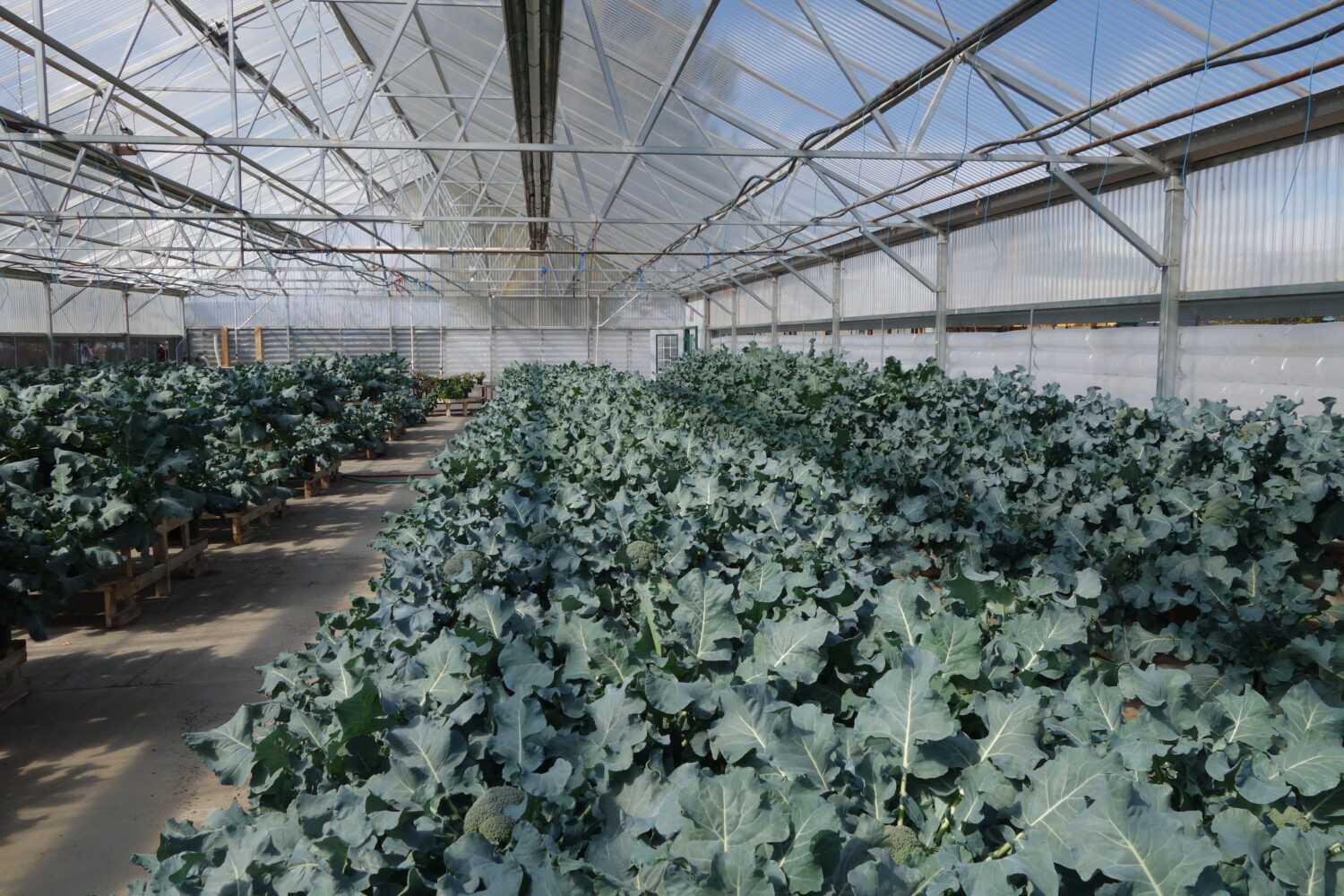
He said lettuce was one of their first crops. “We had three 30-by-96-foot greenhouses full of lettuce all winter long. We had about 2,500 flats of lettuce growing in the dead of winter at any one time. … In a good week, that produces about 200 pounds of lettuce.
“Lettuce is not the moneymaker that some of the other things are, but lettuce is the most important thing to have because, without lettuce, you can’t make much of a salad,” Vic said.
Although no longer owner of Four Seasons, Vic has helped many others realize the benefits of a winter vegetable program.
“We’re still eating lots and lots of greens and vegetables,” he said. “My cholesterol improved dramatically — I never had to go on statins. To this day, I’m still not on statins.”
With running the winter market, Vic said he enjoyed sharing the produce he had harvested within hours of selling it at the market — sometimes even while people were standing there waiting. “It’s really great to show people how it grows and let them taste how wonderful things taste.”
Winter Produce for Profit
Gail and Vic Vanik offer a Winter Produce for Profit program through their Seasoned Gardeners Consulting company. Designed for independent garden centers that have greenhouse-growing capabilities and space as spring crops move out, the program explains the selection and growing processes, as well as barcoding, labeling, safety procedures for food handling, organic produce certification, and packaging produce for profitability.
For more information, contact Vic at 970-749-6217 or email [email protected].
For an enhanced reading experience, view this article in our digital edition.





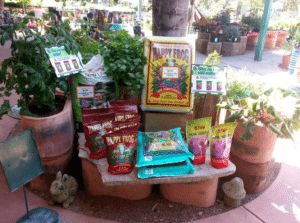

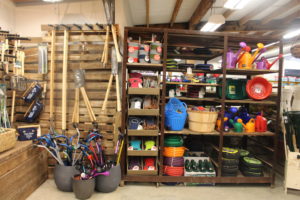
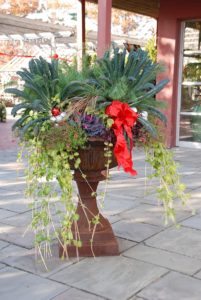


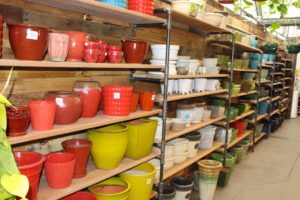


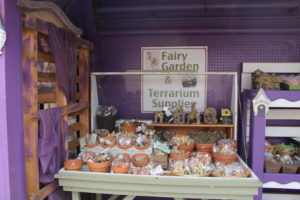
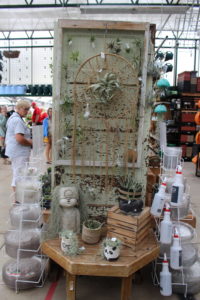

 Videos
Videos





